‘The locusts are a moving target and we are racing against time’
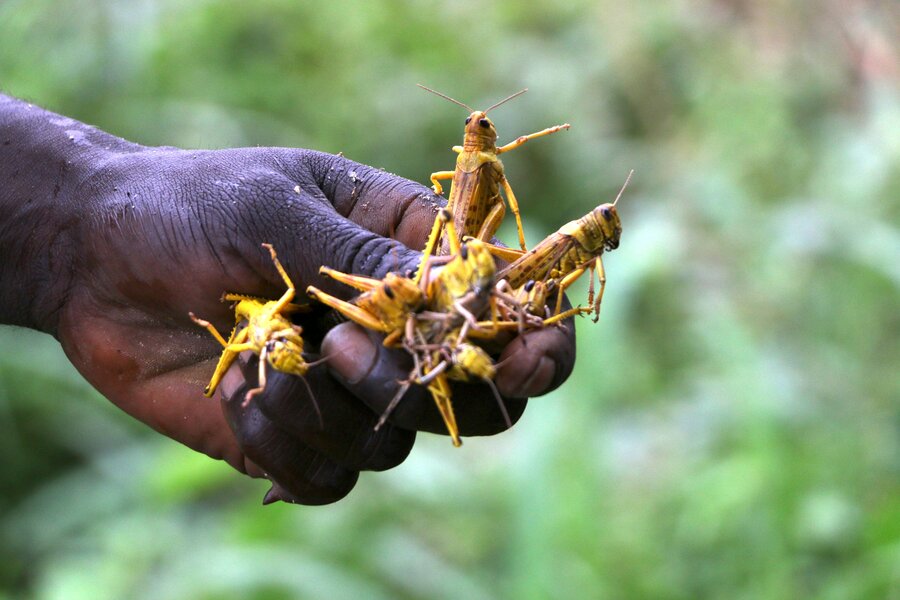
By Peyvand Khorsandi
"For the first time we're seeing the potential for peace to bring prosperity," says Matthew Hollingsworth, the World Food Programme's (WFP) Country director in South Sudan. "And what happens? We see an invasion of locusts — really, 2020 is going to be an incredibly difficult year."
Vast swarms of desert locust are devouring crops and threatening food supplies and livelihoods in the country.
"What we see today is 55 percent of the population in crisis food-security levels or worse," says Hollingsworth. "There is not one country in the world where that many of the population are facing this level of food insecurity."
The current locust upsurge originated from uncontrolled swarms in the Arabian Peninsula that crossed into the Horn of Africa last June. They spread quickly through the region because of humidity, which had in turn resulted from three months of heavy rains since October.
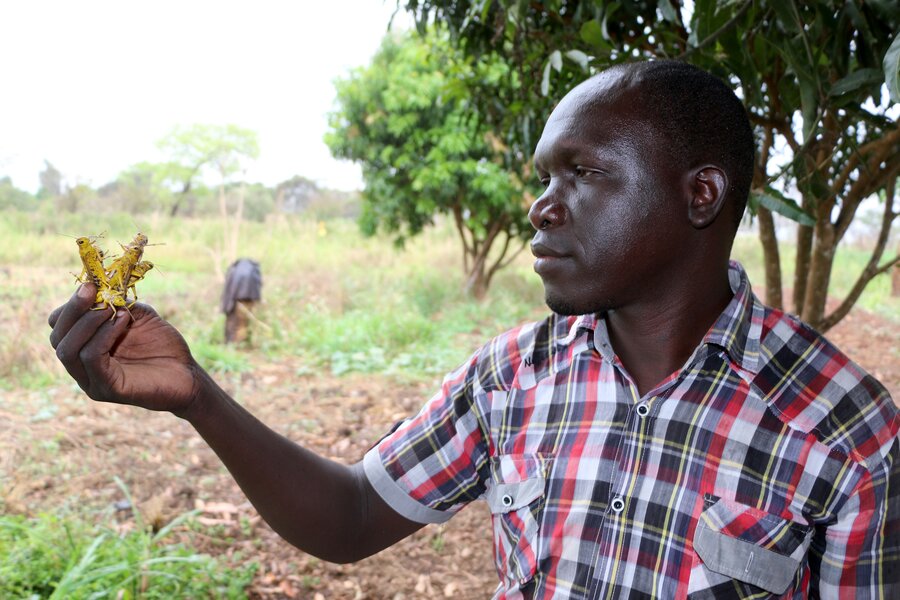
Then in early December Cyclone Pawan lashed the countries of East Africa, with ensuing floods creating further wet conditions that are perfect for the insects to breed. And breed they did.
A wave of desert locusts is now forming more swarms in parts of Kenya, Ethiopia and Somalia, putting at risk the main crop harvest in May and June, and threatening the food security of smallholder farmers.
With a lifespan of three to five months, the locusts' ability to eat the equivalent of their own weight each day spells maximum destruction for human livelihoods, leaving millions of hectares of crops devastated.
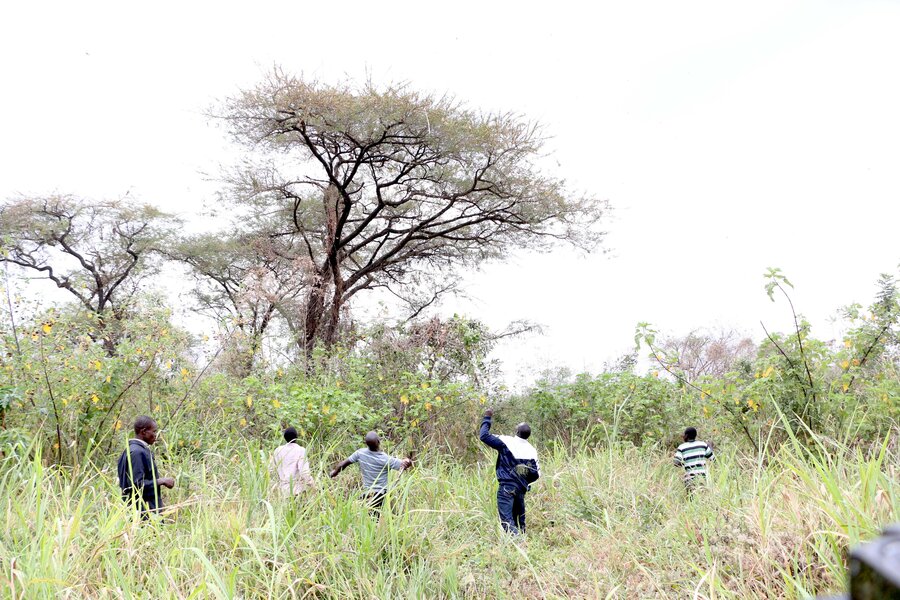
Locust swarms can sweep across 128 km a day, with a density of 80 million adults in each square kilometre — eating the same amount of food daily as 35,000 people.
Schistocerca gregaria, the desert locust, has the potential to reach 20 percent of the world's land, affecting 65 percent of developing countries, according to the Food and Agriculture Organization of the United Nations (FAO). WFP is supporting FAO as the latter leads efforts to halt the swarms — which have reached Iran, Saudi Arabia and Yemen and are threatening India — through its dedicated Locust Group.
In South Sudan, Magwi is one of the counties struck by the deadly locust swarm. Farmers have resorted to noise and fires in attempts to ward off the pests. But they fear a prolonged invasion.
‘Some people, they even started hiding their children inside their house'
The first swarm to enter South Sudan near the Ugandan border in late February was looking for suitable ground to lay eggs. Hatchlings have since been sighted. It takes about two weeks for the eggs to hatch and then juvenile ‘hoppers' develop over the next 30 or 40 days.
"Some people, they even started hiding their children inside their house, because they think that these things may even eat their children," says Joseph Okuera, Chairman Magwi Farmers group.
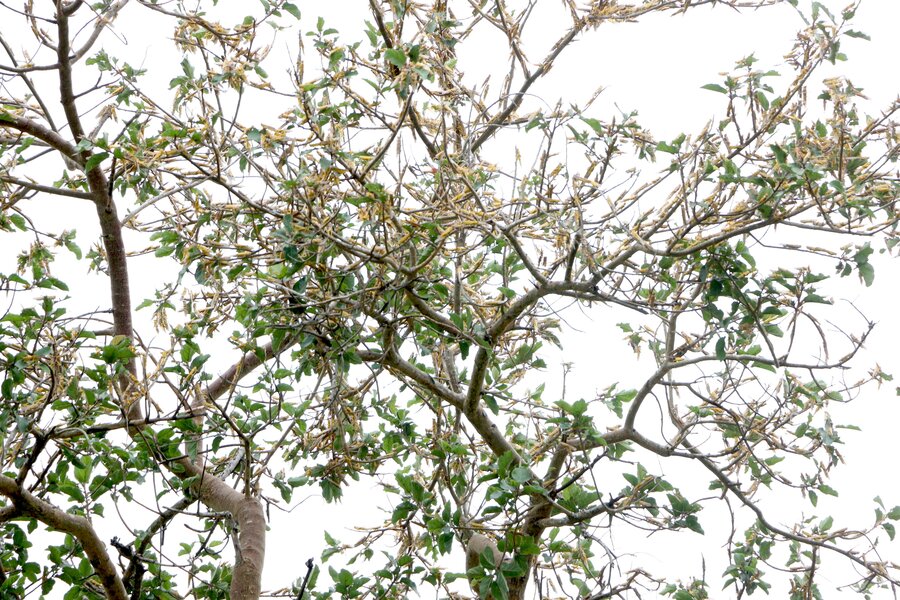
Thomas Odong, a farmer, says: "I started chasing them, they were not leaving. They filled the whole of this compound — even behind the house, they are there. Even on the mangoes, they are there. We survive on pawpaw, mangoes, avocados. But now if all these fruits are destroyed by the locusts, how will I live?"
Joseph Okuera, another farmer, adds: "We are worried a lot because this year if the government or NGOs fail to help us to destroy these things, we will really be in a big problem of hunger."
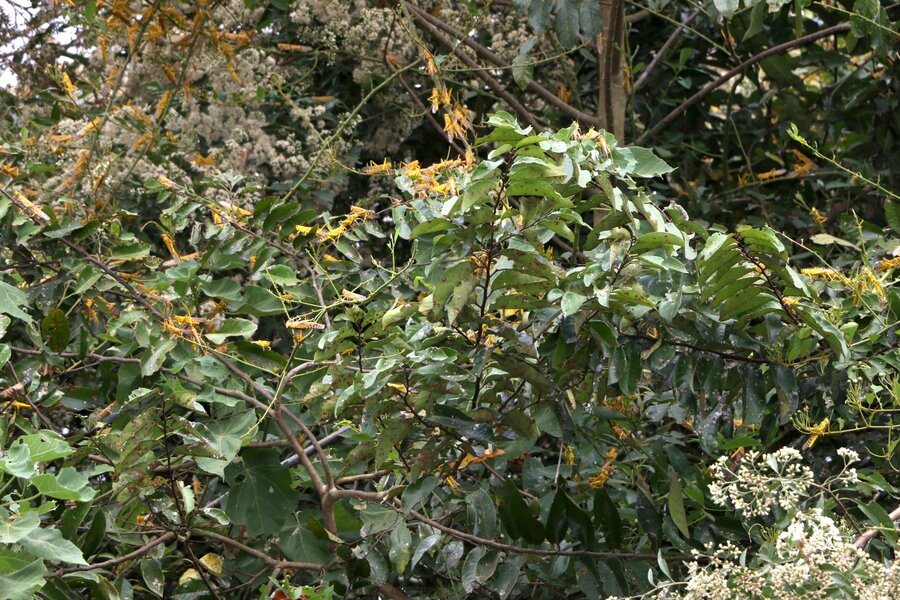
The desert locust is considered the most dangerous migratory pest in the world. The current invasion is the worst for 25 years in Ethiopia and Somalia, and the worst for 70 years in Kenya.
The locusts pose severe risks to agriculture, livelihoods and food security in South Sudan, where six million people, more than half the entire population, are in a food-security crisis.
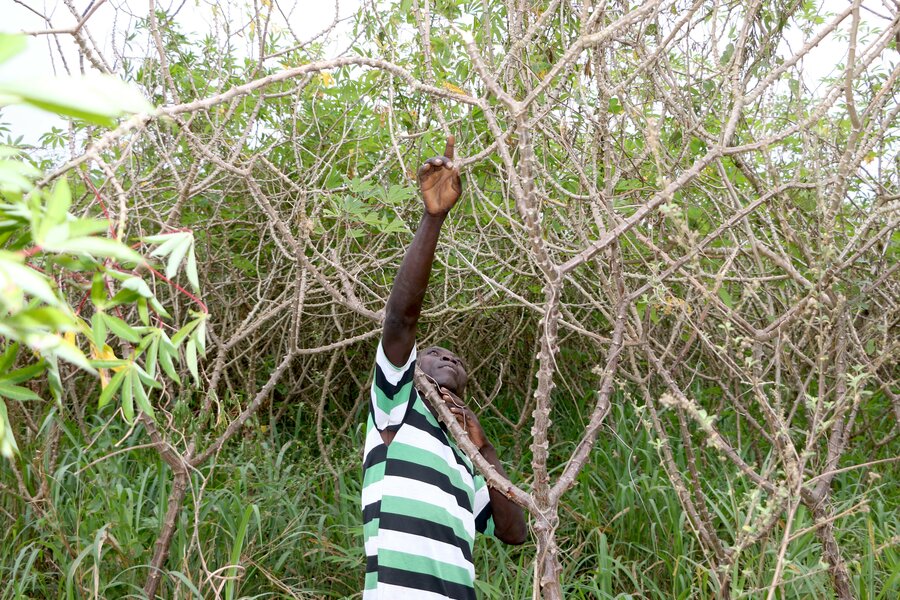
The March-April start of the long rains, coinciding with regeneration of rangeland and planting, enables the new wave of locusts to breed and spread. They could affect the 2020 main and secondary harvest seasons and spread more widely.
Decreased food stocks and pasture, reduced income and rising food prices would then drive farmers and pastoralists deeper into hunger.
WFP and FAO urge immediate investment, arguing that the cost of dealing with failure to act now will be much higher.

In February, FAO called for US$128 million to respond to the locusts, but so far has only received US$33 million. A total US$10 million of which is from the Bill and Melinda Gates Foundation, and US$11 million from the EU.
This is the worst locust infestation since the swarms that hit West Africa in 2003–2005. The current locust outbreak follows a tough year in humanitarian terms for the region. A lot of locust-affected communities have not only been hit by climate shocks like floods and droughts. They are also being affected by violent conflict — a decades-long one in Somalia — and intercommunal violence and displacement in Ethiopia. With each of these shocks, people are pushed deeper into crisis.
Last month, FAO's Cyril Ferrand told the New York Times: "The magnitude of the problem is just so big — the locusts are a moving target and we are racing against time."
